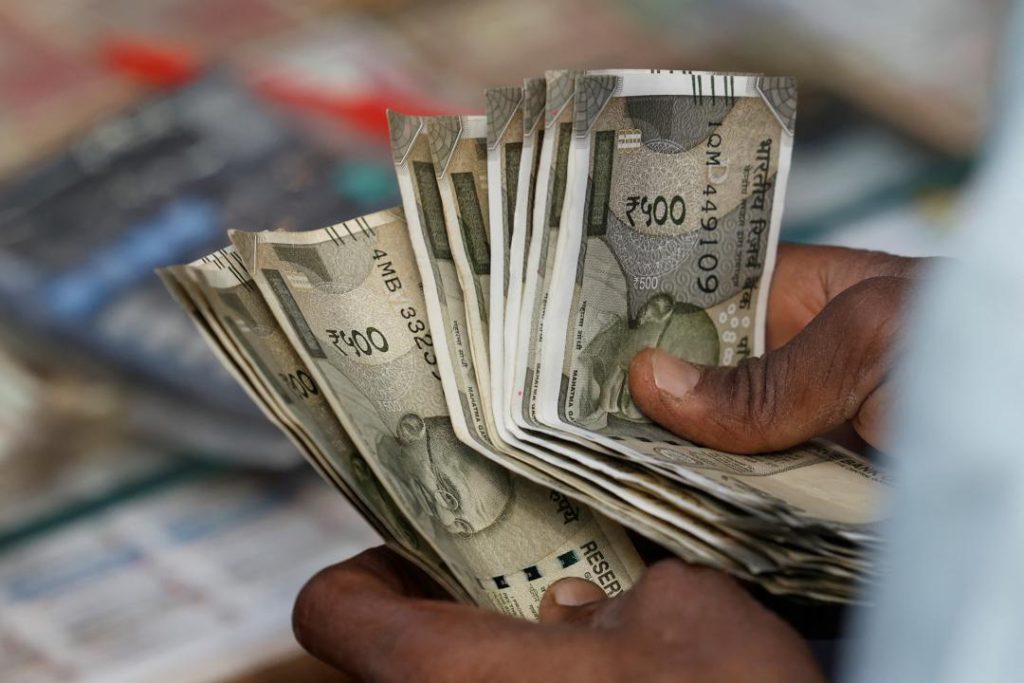
What got cheaper & costlier in March as CPI falls to 67-month-low of 3.34%?
India’s retail inflation, measured by the Consumer Price Index (CPI), fell to a 67-month low of 3.34% in March, according to the data released by the Ministry of Statistics and Programme Implementation. This significant decline in inflation is a welcome relief for consumers, and it’s interesting to see what changed in terms of prices during this period. In this blog post, we’ll take a closer look at the price movements of various essential commodities in March.
Declines in prices:
Eggs, vegetables, and pulses saw significant declines in prices in March, making them cheaper for consumers. The prices of spices, meat, fish, housing, recreation, and amusement also dropped marginally. These price reductions are likely to provide some respite to consumers who were feeling the pinch of rising prices in recent times.
Vegetables, in particular, saw a significant decline in prices, with the index falling by 12.43% during the month. Pulses, too, became cheaper, with the index declining by 10.24%. Eggs, another staple food item, also saw a decline in prices, with the index falling by 8.46%.
Marginal rises:
While many prices fell, there were some commodities that saw marginal rises. Cereals, milk, oil, sugar, confectionery, clothing, snacks, sweets, pan, tobacco, footwear, fuel, and health and education saw prices increase by a small percentage.
Cereals, for instance, saw a marginal rise of 0.25%, while milk prices increased by 0.23%. Oil prices, too, rose by 0.21%, and sugar prices increased by 0.19%. Confectionery, clothing, snacks, sweets, pan, tobacco, footwear, and fuel saw prices rise by 0.1-0.2%.
Fruit prices surge:
Fruit prices, on the other hand, saw a sizeable jump in March. The fruit index rose by 4.94%, making them one of the most expensive commodities in the month. This surge in prices is likely due to factors such as supply chain disruptions, weather conditions, and transportation costs.
What’s behind the decline in prices?
So, what’s behind the decline in prices? There are several factors that could have contributed to this trend. One possible reason is the good monsoon season last year, which led to a bumper crop and an increase in supply. This increased supply could have put downward pressure on prices.
Another factor could be the government’s efforts to improve the logistics and supply chain of essential commodities. The government has been working to reduce the cost of transportation and logistics, which could have helped to reduce prices.
What does this mean for consumers?
The decline in prices is a welcome relief for consumers who were feeling the pinch of rising prices in recent times. With prices of essential commodities like eggs, vegetables, and pulses falling, consumers can expect to save some money on their grocery bills.
However, it’s also important to note that the prices of some commodities, like fruits, are still rising. Consumers may need to adjust their budgets accordingly to account for these price increases.
Conclusion:
In conclusion, the decline in retail inflation to a 67-month low of 3.34% in March is a positive sign for the economy. The significant declines in prices of eggs, vegetables, and pulses, as well as the marginal declines in prices of spices, meat, fish, housing, recreation, and amusement, are likely to provide some relief to consumers.
However, it’s also important to note that the prices of some commodities, like fruits, are still rising. Consumers will need to continue to monitor price movements and adjust their budgets accordingly to make the most of these changes.
Source:






